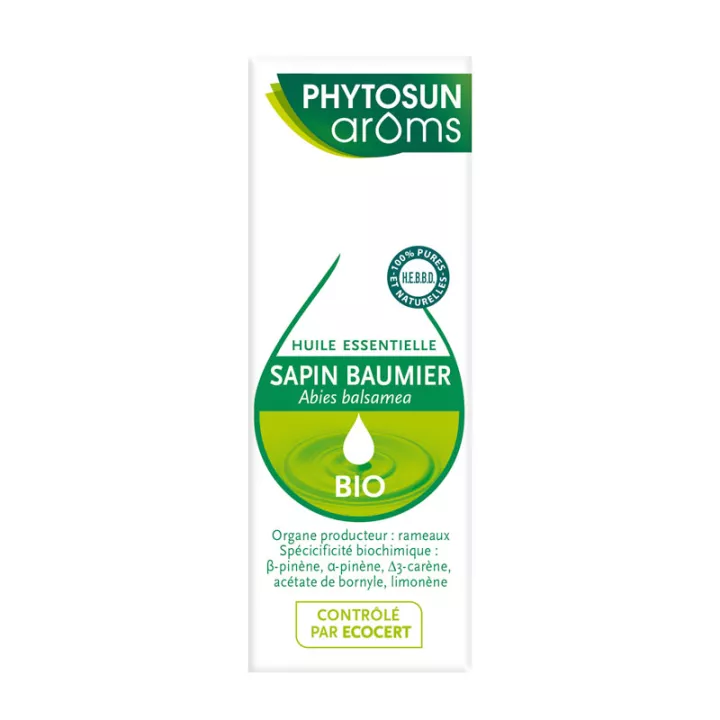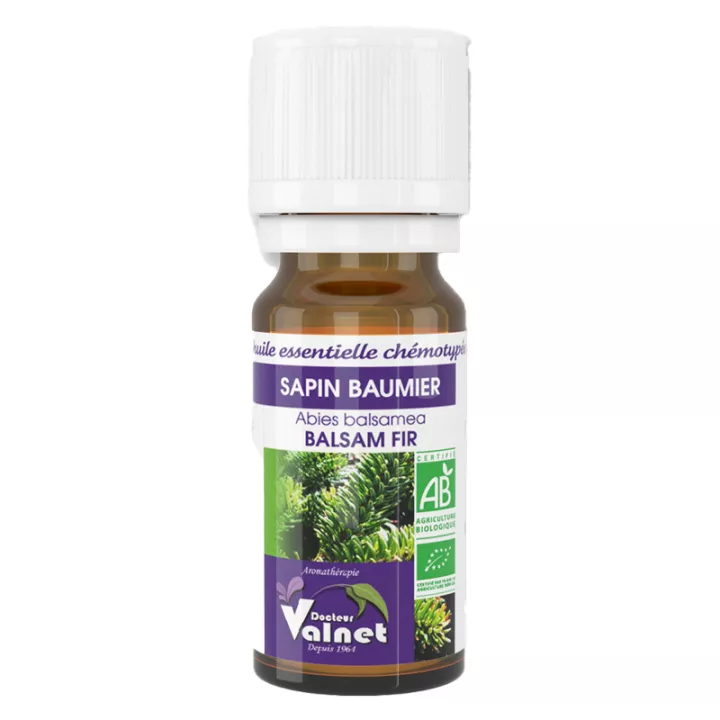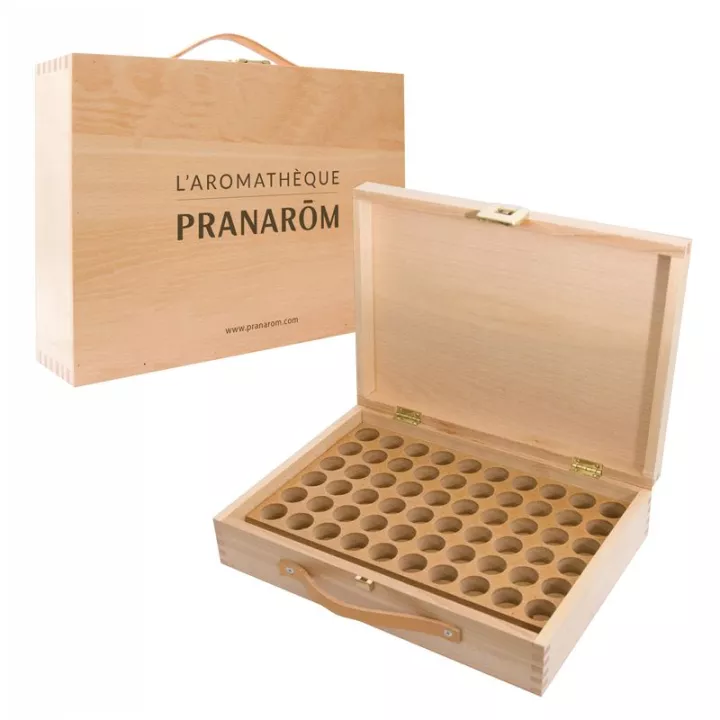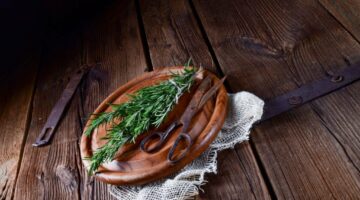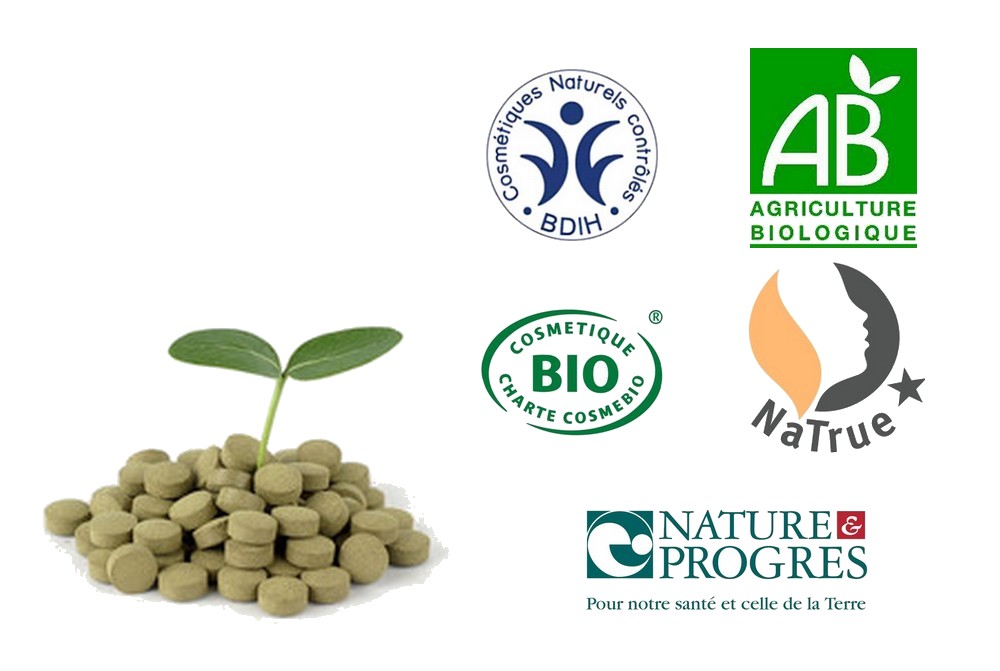PHYTOSUN AROMS ORGANIC ESSENTIAL OIL Balsam fir ABIES BALSAMEA BIO 10 ml
Sapin BAUMIER EO is a respiratory decongestant and an antispasmodic. It is also used as an antiseptic and atmospheric sanitizer: ideal, for example, during an influenza epidemic.
Abies balsamea
Family: Abietaceae
Producing organ: Needles
Biochemical specificities: β-pinene, α-pinene, Δ3-carene, bornyl acetate, limonene
Obtaining process: Complete distillation by steam distillation
Origin: Canada
Quality: 100% pure, natural and integral, certified HEBBD and BIO by ECOCERT
Properties of BIO essential oil of balsam fir
Balsam fir essential oil has balsamic, antiseptic and respiratory antispasmodic properties. It is anti-inflammatory, local analgesic and rubefacient (warms). It is a tonic and a general stimulant. This essential oil is also antioxidant and anti-tumor.
Results of BIO essential oil of balsam fir
Balsam fir essential oil is used in the following therapeutic indications:
- Colds and bronchial catarrh, asthma, cough (massage, atmospheric diffusion)
- Cold rheumatism, osteoarthritis, muscle cramps and contractures (local route)
- Physical and general asthenia
Tips for using BIO essential oil of balsam fir
Exceptional antitussive action on the ENT sphere such as colds ; Pour 4 to 5 drops of balsam fir essential oil in an inhaler or, failing that, in a bowl of hot water (below 40 ° C) to breathe. 5 minutes of inhalation 3 times a day.
External use :
In localized friction
In broadcast
Oral route: * Through the skin: * Diffusion: ***
Indoor air sanitizer
10 drops of Balsam Fir + 5 drops of Eucalyptus radiata + 1 drop of Peppermint, mixture to diffuse 10 minutes every half hour.
Immune defenses against cold (adults)
3 drops of Balsam fir + 1 drop of Ginger + 1 drop of Lavender aspic, 1 to 2 drops of this mixture in massage of the belly or the back, in the morning and during the day as needed.
Precautions for the use of organic essential oil of balsam fir
- Not recommended for pregnant or breastfeeding women
- Do not use pure (dermocaustic), always diluted
Formulas taken from reference books in aromatherapy:
HE = Essential oil
HV = Vegetable oil or oily macerate
1. Common cold in adults (Baudoux):
HE Niaouli 2 ml
HE Ravintsare 3 ml
HE Thyme saturates 2 ml
HE Peppermint 2 ml
HE Balsam fir 1 ml
- 6 to 8 drops of the mixture on the thorax and the upper back 3 to 4 times a day for 3 days.
- 3 drops of the mixture on a tissue to inhale as needed.
2. Muscle cramp in adults (Baudoux):
HE Wintergreen lying 2 ml
HE Tarragon 2 ml
HE Laurel noble 1 ml
HE Balsam fir 1 ml
HV Hazelnut 3 ml
4 to 6 drops of the mixture in local massage to repeat as needed
3. Rheumatism (Baudoux):
HE Wintergreen lying 1 ml
HE Ajowan 1 ml
HE Lemon Eucalyptus 2 ml
HE Lavandin 2 ml
HE Balsam fir 1 ml
4 to 6 drops of the mixture in local skin application 3 times a day until noticeable improvement
4. Physical fatigue in adults (Baudoux):
HE Black Pepper: 1 ml
HE Black spruce 2 ml
HE Scots pine 2 ml
HE Peppermint 1 ml
HE Balsam fir 1 ml
4 drops of the mixture in the lower back (at the level of the kidneys) morning and noon for a week.
- for our essential oils: 1 ml = approximately 35 drops (with our current codigouttes)
- for vegetable oils: 1 pump stroke (aluminum) = 0.15 ml approximately
- to convert mass to volume for a liquid (and vice versa), you can apply the following formula: mass = density x volume at 20 ° C
For more information and for any therapeutic use of essential oils, consult a doctor. Read the precautions for use before using essential oils.
WARNING: These properties, indications and methods of use are taken from reference books or websites in aromatherapy. They are found there on a regular basis and many of them are confirmed by observations in the scientific community. This information is given for informational purposes, it can in no way constitute medical information, nor engage our responsibility. For any use of essential oils for therapeutic purposes, consult a doctor.

